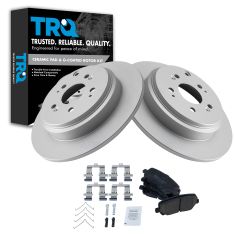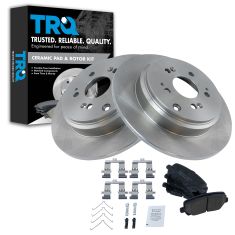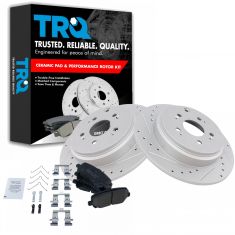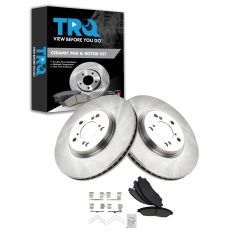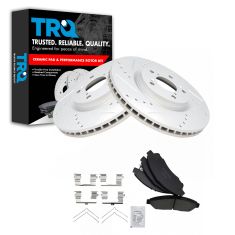1ABFS02981-Honda Pilot Acura MDX ZDX Front & Rear Ceramic Brake Pads TRQ BKA11917
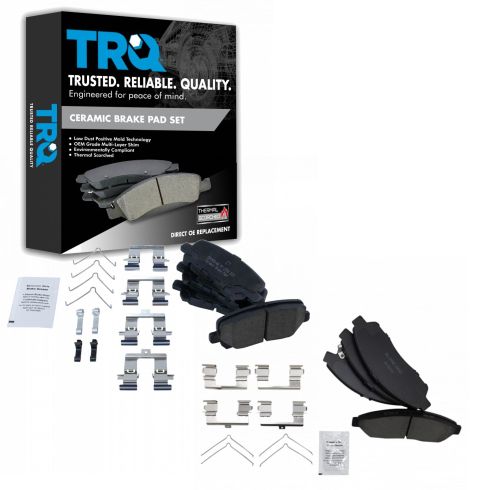
Replaces
2010 Acura MDX Front & Rear Ceramic Brake Pads TRQ BKA11917

Product Reviews
Loading reviews
4.80/ 5.0
15
15 reviews
Perfect Fit for Acura MDX
July 4, 2018
These parts are an excellent fit for Acura MDX. I did the pad change and the results are excellent. Will buy again. Affordable and reliable.
Great product!
January 16, 2020
The brakes worked just as expected. They were the exact fit! Would purchase again!
Fast shipping.
November 16, 2020
I will purchase again soon. Best price and fast shipping. Thank you for your service.
March 19, 2021
Thank you!! Great product!!! I appreciate your help!!
Highly Satisfied Customer, will be a repeat customer going forward!!
June 24, 2021
Decided to purchase from this website because of all the help theyve given me over the years with their YouTube videos and I am extremely satisfied. I will continue to buy my auto parts from this website going forward. Parts came in quick and great in quality. I would highly recommend this company to anyone looking for quality auto parts and great customer service.
Great replacements!
September 24, 2021
Awesome replacements working well!
Possible defect in the craftsmanship.
February 4, 2022
These fit good, but wouldnt stop squeaking.
All brake parts were cleaned before install and new rotors, they just did not work for me this time around. May have been a defective pad.
Why pay more?
April 26, 2022
Great fit, price, performance and warrantly!
It's just good
May 2, 2022
I got my brake pads earlier than expected got them installed everything was perfect I will definitely be returning for more parts
Premium
July 4, 2022
Good!
Nice pads
October 7, 2022
Good bang for the buck fit perfectly
Pilot brake pads
March 27, 2023
Good value and they are working great.
July 19, 2023
Great product.
Very good
December 18, 2023
Very good
December 29, 2023
Works great so far
Customer Q&A
No questions have been asked about this item.
Acura is a registered trademark of Honda Motor Co., Ltd.. 1A Auto is not affiliated with or sponsored by Acura or Honda Motor Co., Ltd..
See all trademarks.










